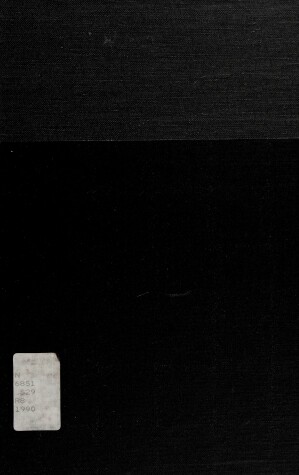Princeton Essays on the Arts
1 total work
Regarded as the first work of Gothic art, St-Denis experienced an outburst of artistic creativity under the direction of Abbot Suger (1122- 1151). Although scholars have traditionally seen the monastery as an embodiment of Pseudo-Dionysian light mysticism and the anagogical function of art, they have never resolved the contradiction between Suger's recognized lack of innovation and systematic arrangement in his writings and the highly original, organized character of his art program. Here Conrad Rudolph reanalyzes the evidence of Pseudo-Dionysian influence and Suger's direct role in the program by focusing on the increasing social pressures of artistic asceticism--which claimed that art was a distraction to the monk and was only to be used for instruction of the spiritually illiterate. Rudolph shows that Suger's attempt at a middle ground reform in which art was justified as a spiritual aid to the litteratus or choir monk explains the obscurity, theological complexity, and use of allegory found throughout the program, especially in the famous windows of the east end. With the help of Hugh of St-Victor, an outside adviser, Suger based his defense of monastic art on Augustinian exegetical thought and ultimately fell back upon art's traditional meditative, not anagogical, function. Examining Suger's writings, Rudolph argues that it was not Pseudo-Dionysian but rather Augustinian influence that led to the creation of Gothic architecture.
